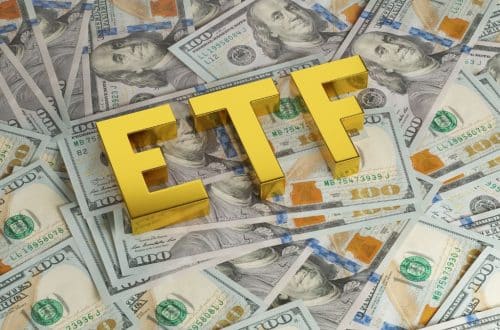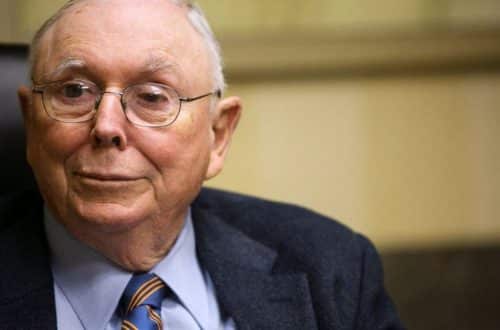
Identidade de Satoshi Nakamoto revelada por magnata da biotecnologia condenado
- O ex-gerente de fundos de hedge americano Martin Shkreli afirma que o desenvolvedor que virou chefão Paul Le Roux é o verdadeiro Satoshi Nakamoto.
- Se isso for verdade, significaria que o Bitcoin (BTC) foi criado para lavar dinheiro proveniente de operações de drogas.
- Shkreli afirma ter decodificado a primeira transferência de Bitcoin entregue ao falecido Hal Finney por Satoshi Nakamoto.
- Os desenvolvedores Greg Maxwell e Peter Wuille afirmaram que toda a postagem de Shkreli demonstra o fato de que a chave da carteira de Finney está com outra pessoa.
A identidade real de Satoshi Nakamoto, a pessoa por trás da maior e mais antiga criptomoeda do mundo, Bitcoin (BTC), tem sido tema de muitos debates ao longo dos anos, e muitas pessoas foram nomeadas como o famoso desenvolvedor de blockchain. No entanto, nenhuma pessoa foi confirmada como a pessoa real, que poderia, de fato, não estar mais viva.
De acordo com Martin Shkreli, um ex-gerente de fundos de hedge americano e também um criminoso condenado, afirmou que conhecia Satoshi Nakamoto e sua identidade real também. em um novo Artigo de subpilha, o “Pharma Bro” afirmou que Paul Le Roux, ex-programador e ex-chefe de cartel criminoso, é o responsável pelo desenvolvimento da primeira criptomoeda baseada em blockchain.
Curiosamente, Paul Le Roux é considerado a verdadeira identidade de Satoshi Nakamoto há muito tempo. Em um artigo de 2019 da Wired, foi revelado que há fortes evidências para confirmar que Bitcoin (BTC) foi desenvolvido por um gênio do crime e Roux poderia muito bem estar por trás disso. Curiosamente, o desenvolvedor que virou chefão também está atrás das grades há um tempo considerável.
De acordo com o artigo da Substrack, o notório empresário bitech afirma ter decodificado a primeira transferência de Bitcoin entregue ao falecido Hal Finney. Finney foi um dos primeiros contribuidores de bitcoin e recebeu a primeira transação de bitcoin do criador do bitcoin, Satoshi Nakamoto. Ele também foi considerado uma possível identidade do desenvolvedor, mas a teoria foi posteriormente descartada por muitos.
Roux foi condenado a 25 anos de prisão quando um informante contratado capturou um vídeo do chefão em uma operação policial em 2012. Depois disso, o Drug Enforcement Administration (DEA) o prendeu. Sua sentença foi posteriormente reduzida devido à sua cooperação com a DEA.
A postagem do empresário de biotecnologia atraiu a atenção da comunidade Bitcoin. Peter Wuille, um proeminente engenheiro do Bitcoin Core, afirmou que todo o post não confirma a identidade de Satoshi Nakamoto. Em vez disso, define o fato de que outra pessoa teve acesso à chave da carteira de Finney.
Por outro lado, Greg Maxwell, outro desenvolvedor conhecido, afirmou que o endereço estava enviando transações ativamente muito depois de sua morte, o que significa que alguém poderia ter a chave da carteira. Ele também acrescentou que o tipo de assinatura usado por Satoshi Nakamoto de Shkreli não existia até Finney desistir do desenvolvimento do Bitcoin devido à sua deficiência e, portanto, “provavelmente foi criado por alguém que obteve as chaves privadas de hal após sua morte”.
"Muito interessante. Não tenho cachorro nessa luta e não me importo se Satoshi é Le Roux, Finney, nenhum, ou ambos. Parece muito provável que a assinatura tenha sido criada recentemente por alguém que obteve acesso a ela”, respondeu Shkreli à declaração de Maxwell.
Também é crucial observar que Craig Wright, um cientista da computação e empresário australiano, assumiu o papel de Satoshi Nakamoto. Embora suas alegações sejam consideradas falsas por grande parte da mídia e pela comunidade de criptomoedas. maxwell notado que "o golpista Craig Wright provou que as pessoas acreditarão em praticamente qualquer afirmação sobre Satoshi, especialmente se for expressa em ofuscação técnica suficiente". Além disso, o denunciante Edward Snowden também chamou Wright de fraude.







